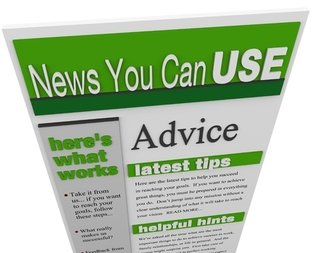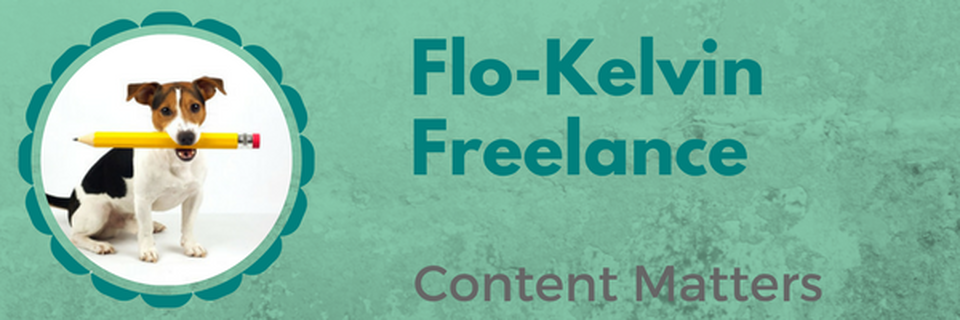|
In a past life when I was a school leader, one of my responsibilities was to create and publish a regular newsletter. The primary audience was parents, and the goal was to keep them informed about what was happening at the school. I often wondered if anyone actually read those newsletters, and hoped they did because I had worked hard to make them interesting and worthwhile. Now, as a professional writer supporting businesses and non-profits who provide educational services or products, my focus has changed, but the idea of a newsletter is even more relevant. My goals are to provide useful information and to remind prospects and clients that I may be able to help them when they are ready to start a new project. I want to give my audience a compelling reason to open and read each newsletter. If you wanted me to write a newsletter for your company or non-profit, these are the questions I’d ask. Every business doesn’t need a newsletter – does yours? What are your business goals? To increase leads, qualify leads, close deals, retain customers or mainly to spread brand awareness? You want to remind prospects and clients that you’re an expert in your field, busy creating solutions for educators. Use your newsletter to suggest that your product or service could be a great fit for their next project when the time is right. An email newsletter from your business might include announcements about products, services or company information. It could include links to popular blog posts, event invitations, surveys, educational information about your product, discounts or coupons. Maybe you even want to include some personal stories to humanize your organization. As a business or non-profit that helps school districts, teachers, and students, you already know that your audience doesn’t have much time to spare for reading newsletters. Consider choosing a single topic for each newsletter if you can. Keep it short, simple, and engaging. Educate, don’t inundateThe key to content marketing is to educate your readers, give them something to think about or information that will help them. If they are willing to subscribe to your newsletter, you know they like what you do. Providing valuable content helps build your relationship. Avoid bombarding them with sales offers. How will you get prospects to sign up for your newsletter? Be honest about what they can expect from you. When you think about your “subscribe” page, think about your audience’s point of view. Readers want to know what they’re getting if they sign up, so let them know how often the newsletter is sent along with an idea of what kind of content to expect. What can you do to get readers to actually open your newsletter? When you send out the newsletter, vary the subject line. Get creative – choose a hot topic or even something that might seem a little off the wall. You can afford to be silly, especially if you get people to open the newsletter to find out what in the world you’re talking about. The best call to action What do you want your readers to do? What is the most important action you want them to take? Make it easy to notice and simple to click on. You can have more than one if you want to link to a blog, podcast, or particular web page, but make one CTA stand out so it will attract attention. Use simple, clear design and copy - a minimalist approach makes it more likely readers will actually read your content and follow the CTA. The devil is in the detailsDo you know about alt text? Not the same as alternative facts…. alt text is used in case images aren’t enabled when a reader opens your newsletter. Find out how to add alt text here. Do you have to include the “unsubscribe” option? Yes. Make it easy to find. Include your company name and address. Lots of businesses include the reason why the email is received. For instance, “You received this email because you signed up for our e-newsletter or have had contact with (Company Name). If you no longer wish to receive these emails, unsubscribe here.” What are your clients and prospects looking for?Do you know what your customers want from you? Bottom line – you need to know what they want to be able to meet their needs.
Mostly, clients want to know that you are the expert and will guide them in the right direction. They like the idea that you are taking care of them and doing it well. If you are doing it right, they will read your newsletters, and they won’t unsubscribe.
12 Comments
|




 RSS Feed
RSS Feed